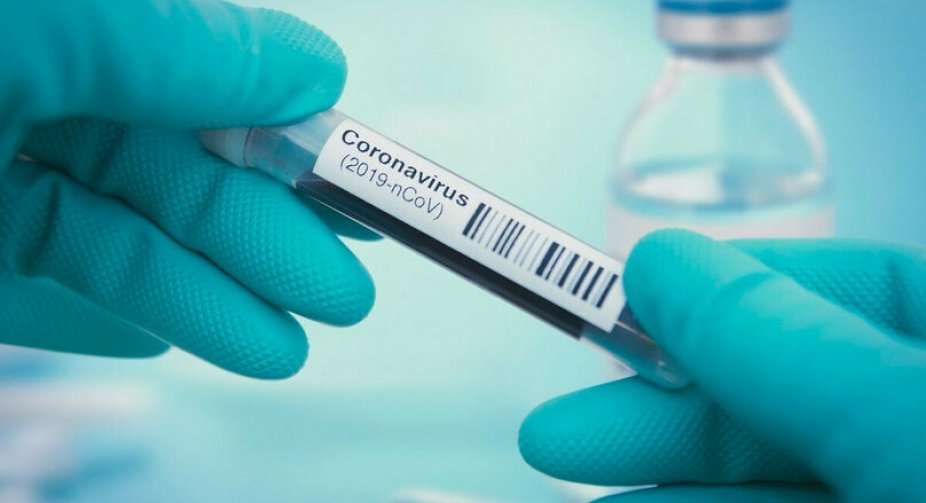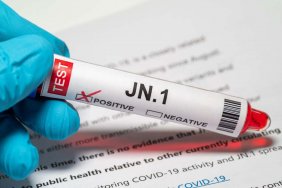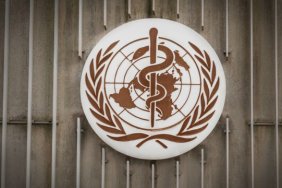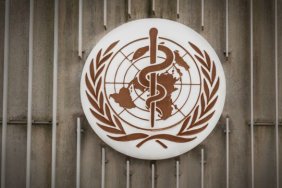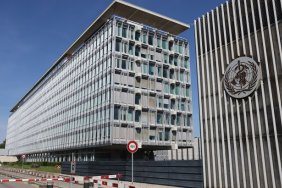A representative of the World Health Organization said that the Omicron BA.2 subspecies is likely to have the same severity of the disease as the initial strain. Reuters writes that.
"Looking at other countries where BA.2 is now overtaking BA.1 Omicron, we don't see higher hospitalization rates than expected," physician Boris Peacock of the WHO COVID-19 Response Team said in an online briefing.
Based on data from Denmark, the first country where BA.2 has surpassed BA.1 in prevalence, there appears to be no difference in the severity of the disease, although BA.2 could replace BA.1 worldwide, Peacock added.
Symptoms of the Omicron strain can include skin symptoms, including rashes, dryness and discoloration of the skin. This has been stated in the U.S. Center for Disease Control and Prevention (CDC), reports RBC.
As writes The Sun, scientists have paid attention to the prevalence of pale, gray or blue skin among patients with "omicron", which is caused by low blood oxygen saturation. The CDC noted that this sign is a "warning sign," causing people to seek medical attention immediately.
Another symptom was the appearance of a rash, which can be similar to urticaria, an itchy rash on the palms of the hands or feet.
Meanwhile, it has been learned that Canada has already peaked with the Omicron strain of coronavirus, and the number of new cases should go down in the future. This was revealed during a press conference in Ottawa by Canada's chief medical officer of health, Teresa Tam, Ukrinform reported.
"While the daily number of new cases remains at an all-time high and understated, many indicators suggest that infection has peaked nationally," Tam said.
